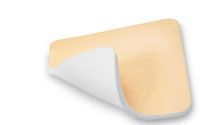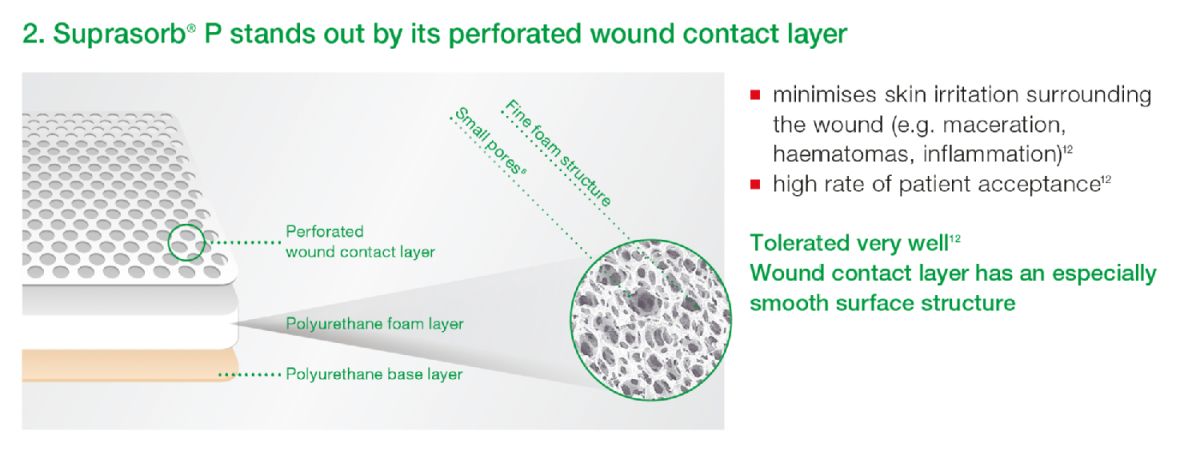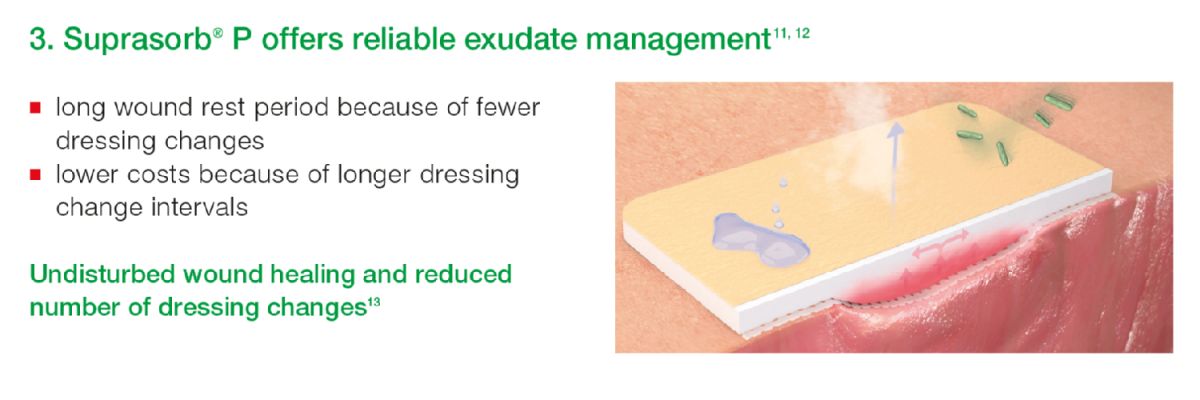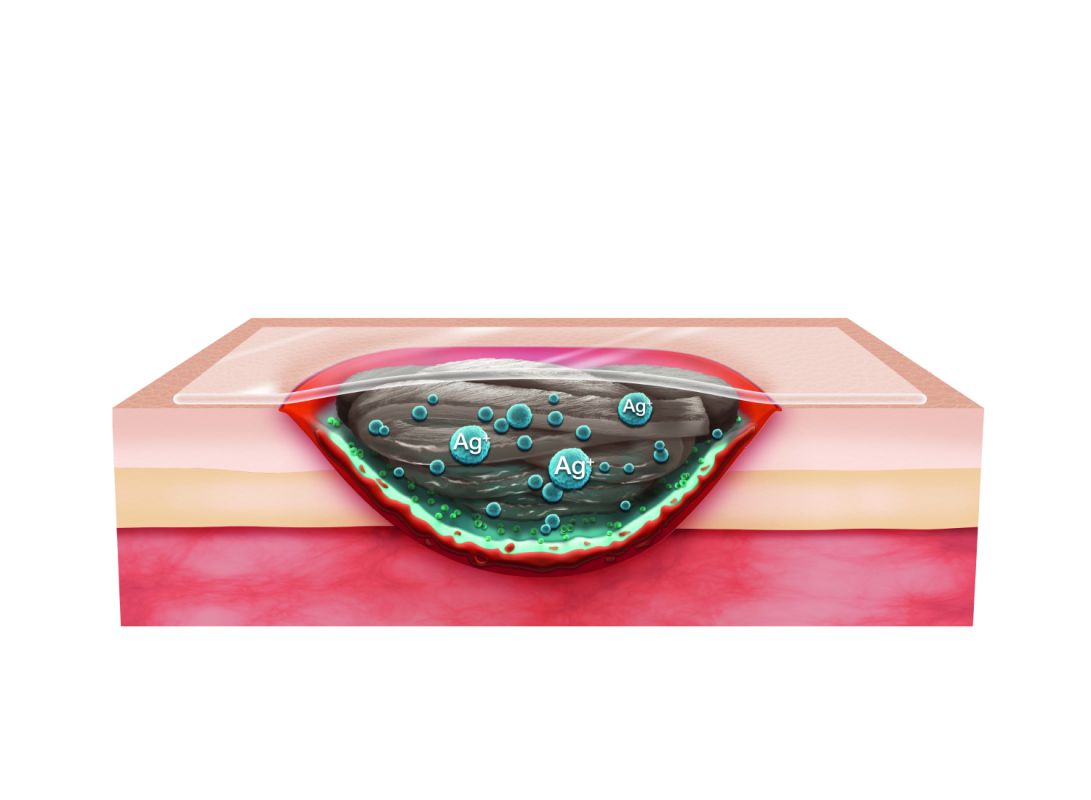Suprasorb® P
PU foam dressing

Suprasorb P absorbs wound exudate quickly and efficiently, as the fine-pored PU foam material provides a very good capillary effect right at the base of the wound.
The material conforms to any wound base. The special surface structure of the Suprasorb P wound contact layer – the all-rounder in wound management – is gentle on easily injured surfaces like healing wounds. The semi-permeable PU carrier layer provides an adequately moist wound environment. The dressing reliably maintains its shape even after fluids have been absorbed. Impermeable to bacteria and water*.
Suprasorb P is easy to apply and pleasantly soft and comfortable to wear. Suprasorb P is available in four versions: non-adhesive, self-adhesive, sacrum, and Heel. The self-adhesive version has an additional skin-friendly adhesive edge.
* Suprasorb P non-adhesive
Versions
self-adhesive
non-adhesive
sacrum
heel
Ordering information
Suprasorb P
| Dimensions (cm) | Wound pad (cm) | REF | SC/TC |
|---|---|---|---|
| self-adhesive | |||
| 7.5 x 7.5 | 4 x 4 | 20416 | 10/100 |
| 10 x 10 | 6 x 6 | 20417 | 10/100 |
| 15 x 15 | 10 x 10 | 20418 | 5/50 |
| 20 x 15 | 15 x 10 | 20419 | 5/50 |
| non-adhesive | |||
| 5 x 5 | 5 x 5 | 20405 | 10/100 |
| 7.5 x 7.5 | 7.5 x 7.5 | 20406 | 10/100 |
| 10 x 10 | 10 x 10 | 20407 | 10/100 |
| 15 x 15 | 15 x 15 | 20408 | 5/50 |
| 20 x 15 | 20 x 15 | 20409 | 5/50 |
| sacrum, self-adhesive | |||
| 20.5 x 18 | 14.3 x 12 | 20415 | 5/50 |
| heel, non-adhesive | |||
| 13 x 10 | 13 x 10 | 180040 | 5/120 |
Fields of application
- wounds with moderate levels of exudate
- superficial wounds
- Acute wounds:
- skin graft donor sites
- surgical wounds
- Chronic wounds:
- decubital ulcers
- lower leg ulcers
- diabetic ulcers
- Wound healing stages:
- Exudation phase
- Granulation phase
- Epithelialisation phase
Properties
- very good wound healing due to reliable exudate management
- high wearing comfort due to the soft, supple material structure
- The perforated wound contact layer prevents adhesion to the wound
- PU membrane repels bacteria and fluids
- maintains a moist wound healing environment and thereby assists the natural healing process
- the anatomical shape makes it easy to treat hard-to-reach areas such as the heel, elbow or amputation stumps**)
* Suprasorb P non-adhesive
** Suprasorb P Heel non-adhesive
To note
Dressing change interval:
- To be determined by the attending physician in accordance with individual wound condition, degree of exsudate, and secondary dressing used, but no longer than 5–7 days. Change the dressing immediately when the wound edges begin to discolour.
- Suprasorb P can be used as a secondary dressing with wounds at risk of infection within the scope of a regular antimicrobial therapy regimen.
- When dry, Suprasorb P can easily be cut to the size of the individual wound. The dressing should overlap the wound edges by approx. 2 cm.
Phil Davies, Marc Rippon: “Comparison of foam and hydrocolloid dressings in the management of wounds: a review of the published literature”, World wide wounds (2010)
Michael Schmitz: “Haptiktest Suprasorb P WCL” ASS GmbH, Bocholt, data on file (2012)
Bernhard Lange-Asschenfeldt, Annette Schätzle, Christiane Zell, Gabriele Stern, Ulrike Wagner, Reinhard Schaupp, Martin Abel: “Evaluation of ergonomic aspects in the daily routine of a new foam with a wound contact layer” (2013) EWMA 2013 Copenhagen; WundDach 2013 Friedrichshafen (Poster)





